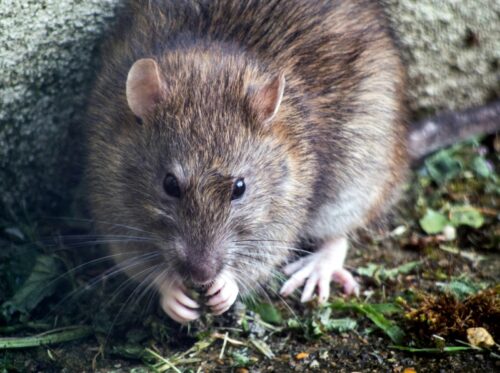Zoonotic diseases—those transmitted from animals to humans, either directly or indirectly—gained widespread attention in the Western world with the emergence of COVID-19, which is believed to have originated in animals before spreading to humans. Traditionally, the emergence of such diseases is thought to be more prevalent in rural, heavily vegetated areas. However, recent research from the Seto Lab at the Yale School of the Environment challenges this notion.
Rohan Simkin GSAS ’24 spearheaded this project to reveal how zoonotic diseases can spread in urban settings. He sought to better understand the relationship between biodiversity and infectious disease risk, specifically examining how changes in urban land use influence zoonotic disease transmission. These changes are important not only in the context of urbanization, but also in the interactions between humans and hosts of zoonotic diseases.
Simkin and his colleagues conducted a global analysis of “mammal host richness.” They measured the abundance of species that act as hosts for pathogens, in the wildland-urban interface that accounts for the habitat preferences of individual species. They did this by layering host habitats over each other and identifying the regions of overlap in the wildland-urban interface. “A wildland-urban interface refers to the zone around the edge of the cities that encompasses some of the urban area and some of the wildland area,” Simkin said. This makes it a critical hotspot for interactions between people and wildlife.
The findings were in some ways expected and in others surprising. As anticipated, rapidly urbanizing regions in equatorial Africa exhibited high host richness, signaling a higher potential for zoonotic disease transmission. However, countries like China and India, which are also undergoing rapid urbanization, showed significantly lower host richness. This contrast may be explained by high levels of agricultural activity in these regions, which reduces the size of the wildland-urban interface.
Conducting this analysis came with its challenges. In particular, it was difficult to access comprehensive datasets for developing countries, where research infrastructure is often limited. In an ironic turn, these are the very regions where zoonotic diseases are more prevalent, yet they remain underrepresented in global datasets. “There is a discrepancy where the data is lacking in the places where this information is most needed,” Simkin said.
His work offers a fresh lens through which the scientific community can view zoonotic disease risk. It pushes back against the conventional rural-centric view and emphasizes the need to pay attention to urban land use change as well. Furthermore, the research highlights how social and economic factors, like access to healthcare, can compound vulnerability, especially in developing regions with high host density and limited health resources. For Simkin, preventing the next global pandemic would involve paying closer attention to wildland-urban interfaces, as there may be more human-host interactions in these regions than we previously thought.

